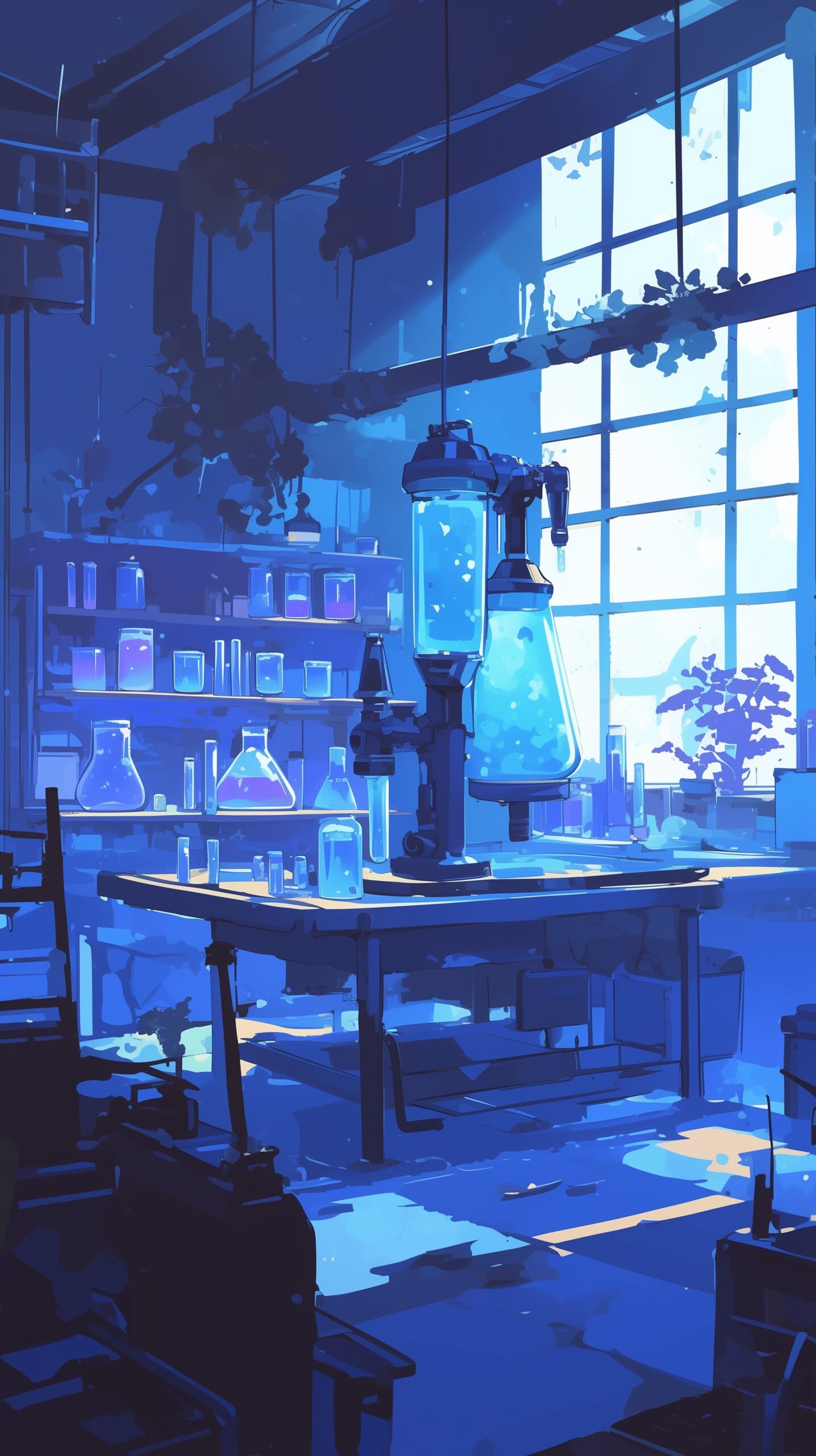
imagine entering the woods and seeing five blueberry bushes. Blue berries seem nice. The tail of one shrub is lengthy and black. The other plants and that one have berries. However, the bushes are gone. Our emphasis is on the outcast. Our attention is on potential threats. Walk up and you’ll notice it’s a toy. The threat is over. Get your berries now. Which bush attracts you more? The bush with the tail attracts some, but others don’t want to touch it after finding it safe. Interesting…
This metaphor suggests that unusual items point to danger. Our evolutionary trait has helped us for years. This heightened vigilance helped our ancestors survive predators and other perils. We paid great attention to anything odd or potentially threatening because of this deep-seated survival mechanism. This feature was essential for early human survival, yet it still affects our behavior now, often unconsciously.
Today, we may not encounter the same acute hazards as our predecessors, but our brains nonetheless react strongly to threats. This can increase worry and anxiety, especially when the imagined threat is innocuous, like the toy in the blueberry bush. Understanding this evolutionary tendency and how it affects our daily lives can help us control our reactions and live more peacefully.
Evolutionary Psychology and Threat Detection
To properly understand why our attention is drawn to prospective hazards, we must first investigate evolutionary psychology. This field of study helps us comprehend how our ancestral past influences our current actions and brain processes. One of the most important survival mechanisms refined over time is our ability to notice and respond to dangers.
Consider early humans navigating an environment full with predators and other perils. Those who were more aware of their surroundings, who could detect a stir in the woods or the silhouette of a lurking predator, had a better chance of survival. Missing a serious threat may have catastrophic repercussions, whereas responding to a false alarm had no cost. This risk asymmetry shaped our ancestors’ heightened sense of vigilance, directing their attention to anything odd or possibly deadly.
This hyper-awareness has been imprinted in our minds over many generations. The idea is straightforward: it’s better to be safe than sorry. If an early human mistook a harmless shadow for a predator, they could experience some unwarranted worry, but they would survive to see another day. In contrast, neglecting to detect a genuine threat could result in calamity. Thus, our brains evolved to err on the side of caution, prioritizing the detection of possible hazards over all else.
Contemporary evolutionary psychology research validates this. According to research, our brains are programmed to detect anomalies and possible threats faster and more vividly than neutral or positive stimuli. This “negativity bias” refers to our tendency to remember and react to unfavorable experiences, which once ensured our ancestors’ survival but today frequently exacerbates anxiety and tension in our comparatively safe existence.
Understanding this evolutionary context helps to explain why we may focus so passionately on that unusual blueberry bush with the tail, even though we know it’s simply a toy. It’s a basic reflex, a holdover from a time when such vigilance was required for survival. Recognizing this can help us understand the underlying causes of our worry and build more effective coping mechanisms.

How threats are found scientifically
Our brains are amazingly complicated organs that have been fine-tuned over millions of years to help us stay alive. A small almond-shaped structure deep in the brain is called the amygdala. It is important for our ability to recognize threats. This little powerhouse is very important for handling fear and letting us know about possible risks.
The amygdala releases stress hormones like adrenaline and cortisol when it senses a threat. This starts the body’s “fight or flight” reaction. These chemicals get the body ready to either face the threat or run away from it. This reaction takes milliseconds and often happens before we are aware of the threat. It’s a natural, instinctual response that helps us stay alive as long as possible.
Researchers have found that the amygdala’s reaction may not match the real threat. For instance, functional MRI (fMRI) studies have shown that the amygdala lights up not only when there are clear threats, but also when there are unclear triggers that might not be dangerous at all. Our brains have a hard time telling the difference between real and imagined threats, which can make worry and stress worse.
Hariri et al. (2002) did an interesting study that used fMRI to look at how the amygdala responded to different things. People looked at a number of pictures, some of which were neutral and some of which were meant to make them scared. The results showed that the amygdala reacted strongly to the scary pictures, even when the people who took part knew they were safe. In other words, our brains are hardwired to respond strongly to possible threats, no matter how dangerous they really are.
Another interesting thing about threat recognition is that it tends to find bad things. This is called the “negativity bias,” and it means that threats and negative events are processed more deeply than neutral or positive ones. The reason for this bias is thought to be that seeing and remembering dangers was important for life. In modern times, though, this can cause people to focus too much on the bad things, which can lead to worry and stress.
Knowing how the brain finds threats helps us understand why we might be drawn to that blueberry bush with the toy tail even after we know it’s not dangerous. The overactive alertness of our amygdala is just it doing its job, which has been honed over time to keep us safe. Realizing this can help us treat our worries with more kindness and less criticism, seeing them as leftovers from our survival instincts instead of flaws.
Examples of Threat Detection in Real Life
It’s interesting to learn about the science behind danger detection, but how does this affect our daily lives? In many situations, our evolutionary traits come out in ways we may not even be aware of. Let’s look at some examples from real life that show how this old process still affects how we act today.
Dealing with people
Picture yourself going to a big party. As you look around the room, you see that everyone is talking, happy, and seems at ease. You notice one person, though, who is standing alone and seems uncomfortable. Even though everyone is generally happy, your brain immediately focuses on this strange event. You might have an irrational need to keep an eye on this person and wonder what’s wrong. This natural tendency to look for possible threats can make social anxiety worse by making us more aware of what we think are negative cues even when we’re around positive people.
Situations at Work
When you’re at work, you might be working on a project with other people. The project is moving along nicely, but one day a small problem comes up. Your thoughts keep going back to this problem, which takes away from the progress that has been made so far. This response comes from the same natural processes that help us figure out which threats are the most dangerous. Our brains are set up to treat problems as important, even if they aren’t that important in the big picture. This makes us want to solve them right away.
Everyday Life
Think about walking down a busy city street. A lot of different sounds and sights can be heard, like people talking, cars honking, and street sellers calling out. In the middle of all the noise, you see a bag sitting on a table by itself. Right away, your system starts looking for threats. Your brain is focused on this possible danger, even though there are many good things around you. Because your mind is always on the lookout for possible threats, this greater awareness can make you more alert and stressed.
Relationships between people
Threat identification can be used even in the relationships we care about the most. If a loved one sends you a short message, you might worry right away that something is wrong. Even though there have been many good interactions, this one strange event sets off a chain of anxiety. Because of how our ancestors evolved to find threats, we can misinterpret negative signals, which can cause confusion and stress that isn’t required.
Consumption of Media
News outlets often report on accidents, crimes, and natural disasters because they get our attention better than good stories. These news stories interest us because of the same senses that kept us safe in the past. This focus on bad news can distort our view of reality, making the world seem more dangerous than it really is and adding to a general feeling of worry.
By noticing these trends in our daily lives, we can learn more about how our old systems for finding threats affect how we act. Being aware of this helps us deal with our reactions with more mindfulness and kindness, which helps us balance our instinctual responses with smart thinking.

What Threat Detection Does to Mental Health
Our natural trait of being able to spot threats used to help us, but in today’s world, it can be very bad for our mental health. Being on high alert all the time and being more sensitive to possible threats can lead to long-term worry, anxiety, and even depression. Let’s talk about how this trait from development affects our mental health and what we can do to deal with it.
Stress and anxiety all the time
The fact that our brains tend to focus on possible threats keeps us on high alert most of the time. These days, real threats aren’t very common, so being on high alert all the time can become unhealthy. The fight-or-flight reaction, which used to only happen in life-or-death situations, can be activated by everyday stressors like an upcoming deadline, a tense conversation, or even the dull routine of daily chores.
Mismatch in Evolution
This is called an evolutionary mismatch, and it happens when our old ways of surviving don’t work with the way things are now. When we are stressed, our bodies still behave as if we are in immediate danger, making too many stress hormones like cortisol. This can weaken the immune system, raise the chance of chronic diseases, and make mental health problems worse over time.
PTSD and being too alert
The brain’s danger detection system can become overactive for some people, especially those who have been through trauma. People with Post-Traumatic Stress Disorder (PTSD) are always on high alert, even when they are not in danger. This is because their brains are always ready for danger. This can cause extreme anxiety, flashbacks, and avoidance behaviors, which can make it hard to go about daily life and have a good quality of life.
Patterns and relationships that are not healthy
Focusing on possible threats can also have an effect on the ties we have with other people. Being too aware of negative cues can cause misunderstandings and overreactions, which can make it hard to connect with others. For example, expecting criticism or rejection over and over again can lead to bad things happening. This is called a self-fulfilling prophecy.
Strategies and ways of coping
By learning about our genetic background, we can come up with ways to lessen the effects it has on our mental health. Here are some good ways to do things:
- Mindfulness and Meditation: Mindfulness and meditation are two practices that can help us become more aware of our thoughts and actions. This can help us tell the difference between situations that are actually dangerous and ones that are not. These techniques can make our stress reactions less strong and help us feel calm.
- Cognitive-Behavioral Therapy (CBT): Trained professionals use CBT to help people recognize and change harmful ways of thinking. We can change the way we think and feel less anxious by realizing that some of our fears are illogical.
- Techniques for Reducing Stress: Doing things that help you relax, like yoga, deep breathing exercises, and exercise, can help lower your general stress level. These habits lower the physical alertness that comes with the fight-or-flight reaction.
- Support from others: Having strong, helpful relationships can help you deal with stress. Talking about your worries with family or friends can help you see things in a new light and feel better, which can reduce your feelings of danger.
- Changes to the environment: Making the environment steady and predictable can help lower the number and severity of threats that people see. Making small changes, like cleaning up your living space or making a daily schedule, can help you feel safe and in control.
Understanding how our danger detection system evolved gives us the power to deal with its effects in a thoughtful and caring way. We can better control our reactions by using these tactics. This will lead to better mental health and a more balanced life.

Finding a balance between threat detection and smart thinking
Our brains are hardwired to focus on possible threats, but we can learn to control this urge with smart thought. We can feel less anxious and have a more balanced view if we learn how to think more deeply about and react to things we think are dangerous. These tips will help you control your evolutionary impulses and keep a healthier outlook on life.
Getting better at critical thinking
To think critically, you have to look at and think about material before you act on it. By getting better at this skill, we can tell the difference between real danger and harmless oddities.
- Pause and Think: If you see something that might be dangerous, stop and think about it for a moment before you move. Check to see if the fear you feel is based on facts or opinions.
- Get details: Get more information about the problem so you can understand it better. This could mean making observations, asking questions, or doing study before coming to a conclusion.
- Think about other possible explanations: You can test your first ideas by thinking of other possible reasons for the threat you see. This might make you less likely to think of the worst-case situation first.
Being aware of your surroundings
Being situationally aware means paying attention to your surroundings without focusing too much on possible dangers. It means keeping a balanced knowledge of your surroundings that includes both the good and the bad things about it.
- Mindfulness Practices: Do mindfulness techniques that help you be more aware of the present moment. Mindful breathing, body scans, and mindful walking are some techniques that can help you calm down and stay grounded.
- Focus on the positive: consciously try to notice and value the neutral and positive parts of your environment. This can help balance out the brain’s normal urge to look for danger.
Promoting a Comprehensive View
To keep a balanced view, we need to be aware that threats do exist, but they are often less common and not as dangerous as our first feelings might lead us to believe.
- Reframing Thoughts: Reframe your thoughts when you notice that your mind is stuck on a possible threat. Say something like, “That person looks angry; they must be mad at me.” Instead, think, “They might be having a bad day; it’s not always about me.”
- Practices of Gratitude: Being grateful on a regular basis can help you shift your attention from possible threats to the good things in your life. This habit can be strengthened by writing down your thanks every day or sharing them with a friend.
- With exposure therapy: Putting yourself in more and more settings that set off your threat detection system can help you become less sensitive to what you think are threats. This should be done slowly and with help, with the goal of increasing tolerance and lowering fear reactions.
Making People Stronger
Being resilient means learning how to get back on your feet after problems and worry. Getting better at this trait can help you handle your responses to possible threats better.
- Self-Care: Make time for things that are good for your physical and mental health. Resilience is built through regular exercise, getting enough sleep, eating well, and learning how to rest.
- Social ties: Make and keep strong social ties that help you feel supported and like you belong. Sharing your stories and getting support from other people can make you stronger.
- How to solve problems: Break problems down into steps you can handle to improve your problem-solving skills. This can help you feel less overwhelmed and more confident in your ability to handle tough conditions.
When you use these tactics in your daily life, you can balance your natural instincts to look for threats with smarter thinking and a better attitude. This balance can help you feel less anxious, have better mental health, and have a more positive view of the world.

Final Words
Our trip through the blueberry bushes and past the toy tail has taught us a lot about how our thoughts work. This old alertness, which came from our ancestors, still affects how we think and act. In the past, it kept us safe from dangers and predators. Now, it often makes us more anxious and stressed, casting clouds where there are none.
It’s empowering to know where this sense comes from. It helps us treat our fears with kindness by seeing them as reminders of how we evolved, not as flaws in our character. We can turn our hypervigilance into a tool for growth instead of a source of stress by balancing this instinct with critical thought, mindfulness, and resilience.
Think about going back into those woods. This time, when you see the blueberry bushes, the tail doesn’t catch your eye. Instead, you enjoy the beauty and wealth of the bushes without being trapped by it. Your brain’s careful but sometimes overactive danger detection system has taught you to see the toy for what it is: harmless.
There are times in life when we can lose sight of the beauty around us because we think something is dangerous. To get a better, more balanced picture, we need to be aware of and control our evolutionary urges. This journey isn’t about getting rid of fear; it’s about seeing it with fresh eyes, so you can tell the difference between real threats and mere shadows.
When you go out into the world, remember this. It should tell you that your instincts are strong, but they are only one part of a complex, strong, and flexible human spirit. Be kind to both the blueberries and the odd toy tail. Remember that balance leads to peace, and awareness is the key to a happier, more fulfilling life.
